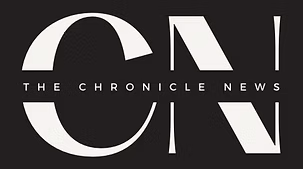How to Design the Perfect Business Card for a Trade Show
- Yanice Jackson
- Oct 22
- 2 min read

Trade shows buzz with energy, opportunity, and hundreds of conversations happening all at once. You've got seconds to make an impression before someone moves on to the next booth.
That's where your business card comes in. It's not just a piece of paper—it's your first handshake, your introduction, and sometimes your only chance to stay connected after the event ends.
Understanding how to design the perfect business card for a trade show starts with learning that this isn't your everyday networking card. Trade show cards need to work harder, stand out more, and stick around longer in someone's memory.
Knowing Your Brand
Before you dive into fonts and colors, ask yourself: Does your card truly represent who you are as a company?
Your business card should feel like a natural extension of your brand. If your company's all about innovation and cutting-edge technology, a plain white card with basic black text won't cut it.
Think about your logo placement first.
It shouldn't compete with your contact information, but it needs to be prominent enough that people remember your company name. Your color scheme should match your website, brochures, and booth display.
Here's a question worth considering: if someone found your card on the floor three months from now, would they immediately know what your company does?
What Goes on Your Trade Show Business Card
Your business card is one of the most important things you can bring to a trade show because it says a lot within a very little frame.
Your card needs to communicate the basics quickly and clearly. Start with your name, job title, and company name—these are must-haves.
Phone number and email address come next. Skip the office landline if you won't be answering it. Include your direct number or the best way to reach you personally.
Your website deserves prominent placement, but don't stop there.
Add your LinkedIn profile or the social media platform where you're most active professionally. Trade show connections will, ideally, continue on social platforms.
A compelling tagline can set you apart from the stack; try something specific and memorable that gives people a reason to follow up.
Getting Them Printed Right
One of the best ways to design the perfect business card for a trade show is to choose your printing service carefully. Online printers may offer competitive prices, but local print shops typically provide better customer service and quality control.
Always order one card as proof of concept before committing to your full print run. Colors look different on screen than in print, and layout issues are easier to catch on paper.
Once you find a good printer, order more cards than you think you'll need.
Running out halfway through a trade show is frustrating and unprofessional. A good rule: estimate how many you'll give out, then add 50%.
Rush printing costs more and increases the chance of errors. Plan ahead and place your order at least two weeks before your event.
Start designing your trade show business cards with your next event in mind. Your future clients are waiting to hear from you, and a well-designed card might be exactly what helps them remember to make that call.










Comments